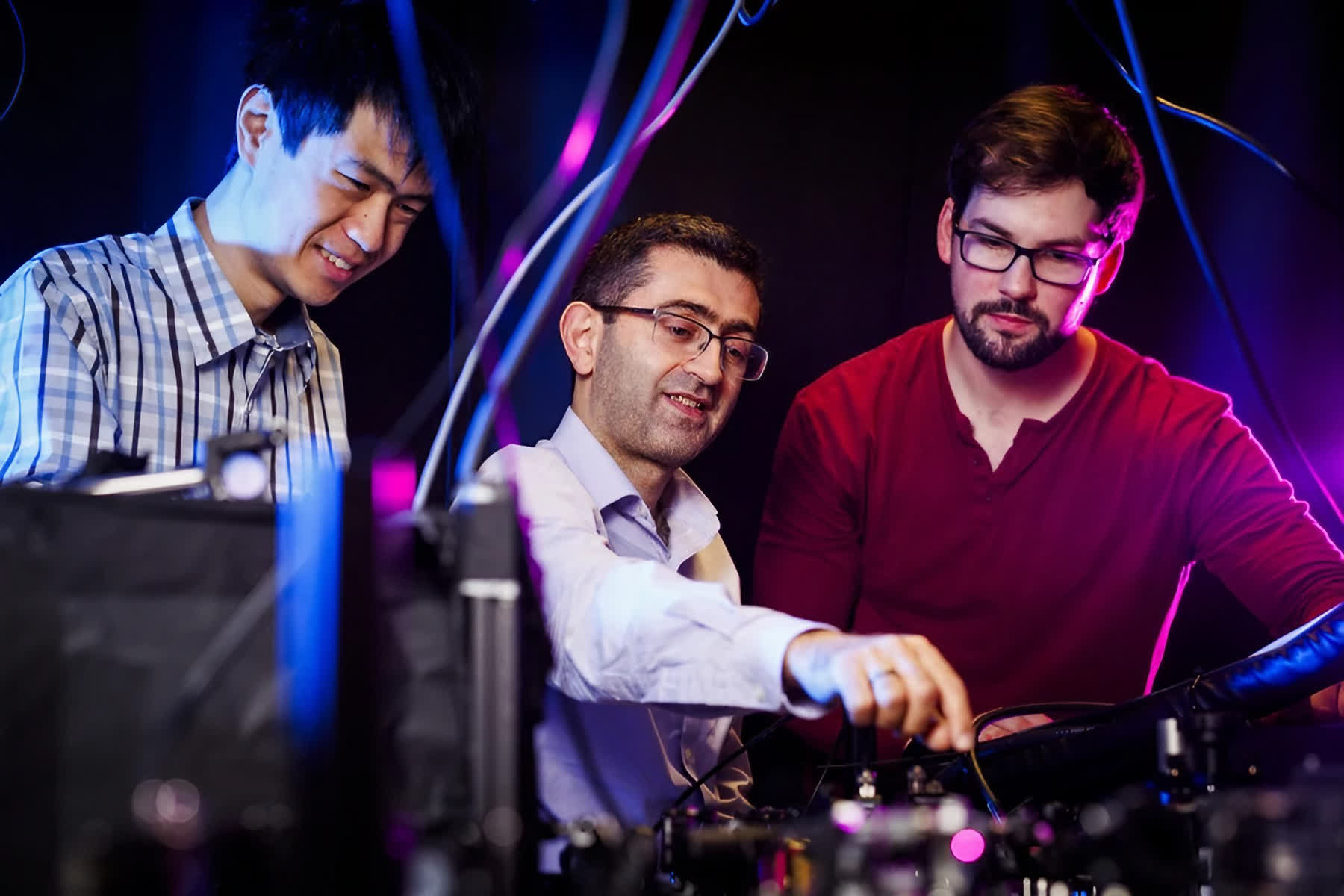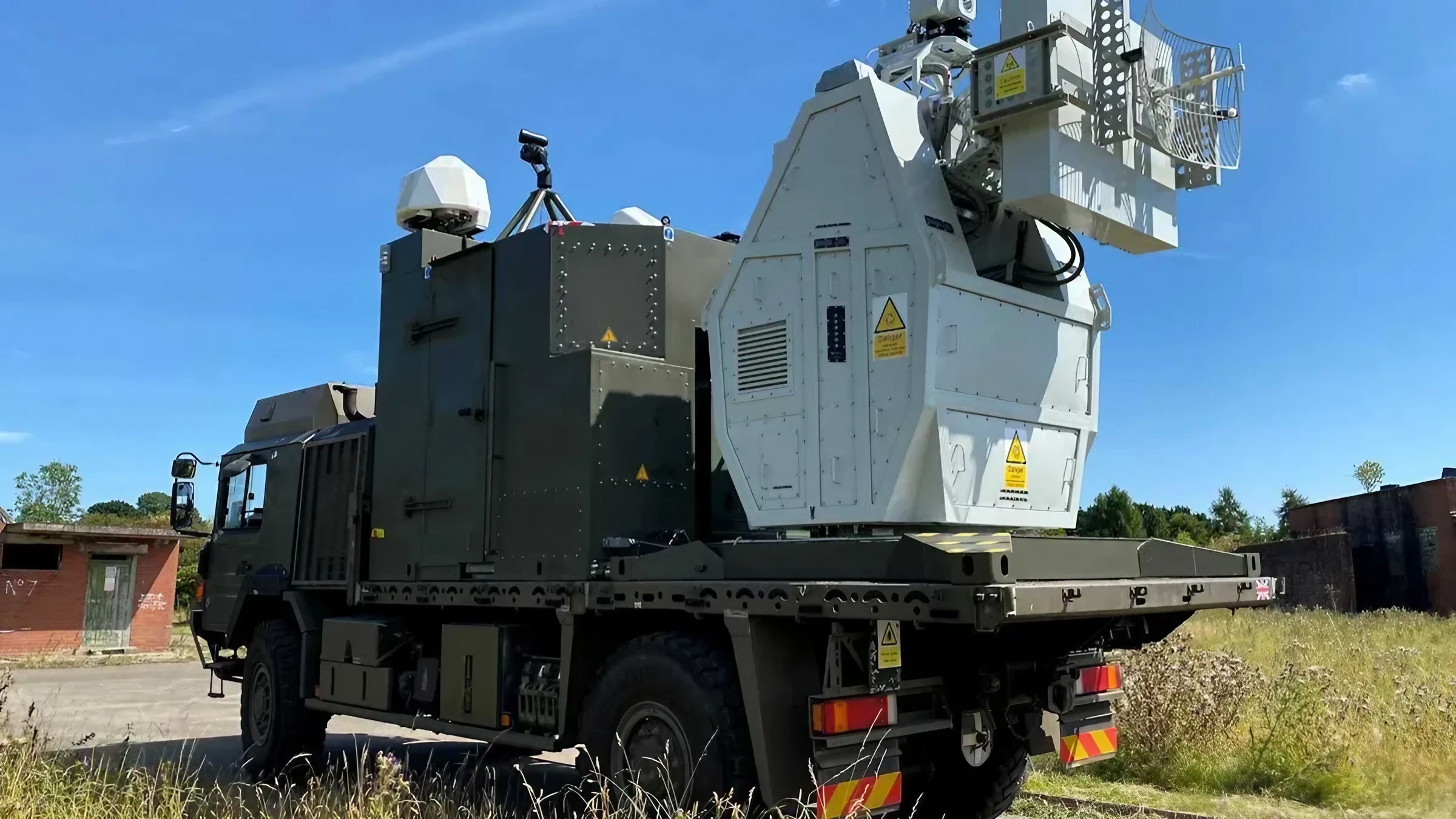In brief: Scientists at MIT have achieved a groundbreaking feat by creating a unique magnetic state in a material using light. By applying lasers, they successfully switched an antiferromagnetic material into an entirely new magnetic state. This discovery holds the potential to revolutionize next-generation memory and data storage technology, paving the way for chips far more advanced than today’s standards.
The research team, led by physics professor Nuh Gedik, concentrated on a material called FePS₃, a type of antiferromagnet that transitions to a non-magnetic state at around -247°F. They hypothesized that precisely exciting the vibrations of FePS₃’s atoms with lasers could disrupt its typical antiferromagnetic alignment and induce a new magnetic state.
In conventional magnets (ferromagnets), all atomic spins align in the same direction, making their magnetic field easy to control. In contrast, antiferromagnets have a more complex up-down-up-down spin pattern that cancels out, resulting in zero net magnetization. While this property makes antiferromagnets highly resistant to stray magnetic influences – an advantage for secure data storage – it also creates challenges in intentionally switching them between “0” and “1” states for computing.
Gedik’s innovative laser-driven approach seeks to overcome this obstacle, potentially unlocking antiferromagnets for future high-performance memory and computational technologies.

The team’s innovative approach involved cooling a FePS₃ sample below its transition temperature and then blasting it with a carefully tuned terahertz laser pulse. These lasers, oscillating over a trillion times per second, perfectly matched the natural vibrational frequencies of the material’s atoms.
Amazingly, the researchers discovered that these pulses pushed the material into a completely new, magnetized state that lasted for several milliseconds after the laser pulse ended.
While milliseconds may seem fleeting, in the quantum world, that’s practically an eternity compared to prior attempts, as Gedik emphasized.
Looking ahead, the researchers aim to refine and further understand these induced magnetic phases. The ultimate goal is to leverage antiferromagnets in next-generation data storage and processing hardware. Their robust magnetic domains, resistant to stray magnetic noise, could enable denser, more energy-efficient memory and logic chips compared to today’s technology.
However, significant engineering challenges remain before antiferromagnetic computers can become a reality. The team is optimistic, and their groundbreaking findings, published in Nature, represent a critical step toward that vision.









Leave a Comment